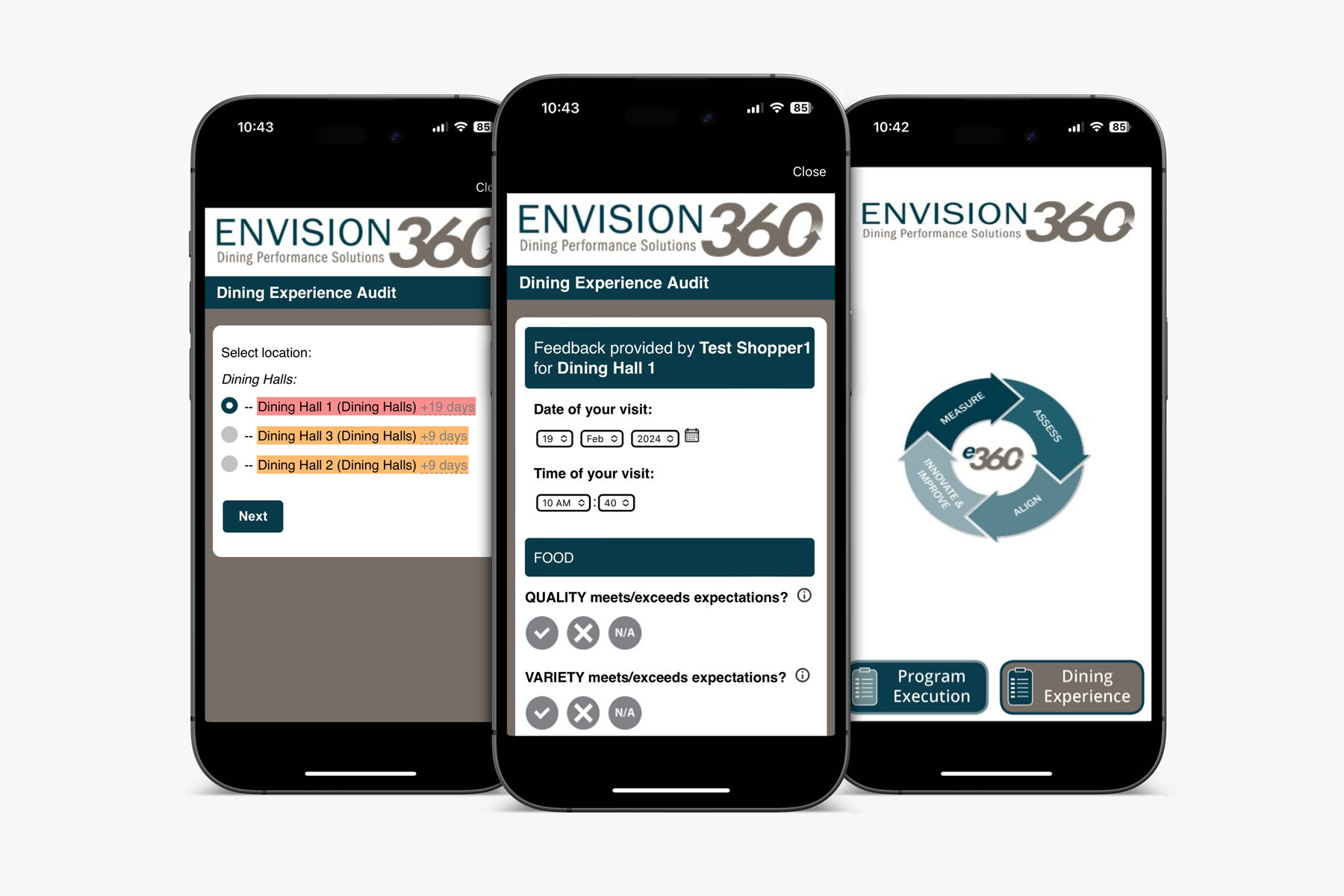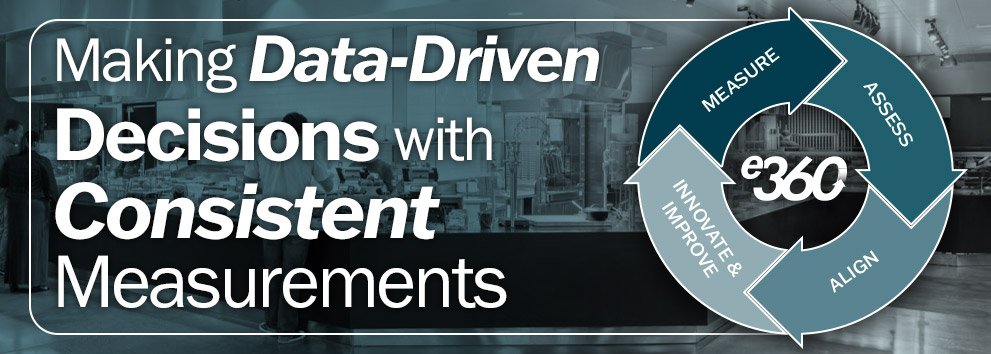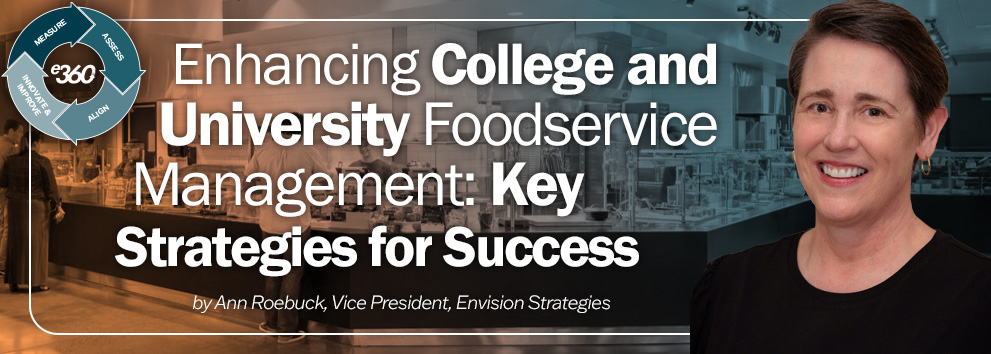Foodservice operations rely on many different pieces of data to make the best decisions for their programs. Without accurate and consistent measurements, operators can find themselves in a tough spot when trying to assess how their program is performing. In this blog post, we’ll discuss why having consistent methods for measurement is essential and how monitoring criteria at each data point can help you create a strong foundation for your program.
The Benefits of Consistency
By utilizing consistent practices and technology for measuring your program, you’ll be able to keep track of any changes over time, identify trends, and adjust as needed. This makes it easier for operators to make decisions quickly and confidently knowing that their data is reliable. It also allows them to stay on top of their program without having to spend too much time manually tracking progress.
Another benefit of consistency is that it helps maintain accuracy. If measurements are taken inconsistently or sporadically, there’s no guarantee that the results will be valid or reliable because it’s hard to compare data from one day to the next without knowing if the same methods were used. With consistent measurements, you can be sure that any changes you see over time are due to actual performance rather than unusual factors such as incorrect methodology or incorrect data entry.
Monitoring Criteria at Each Data Point
Having all of your information in one place is essential for creating a trendline and understanding where your program stands over time. To do this, you need to monitor criteria at each data point so that everything is recorded accurately and consistently. This means making sure all relevant information such as revenue, customer feedback, employee satisfaction rates, etc., are collected on a regular basis so they can be tracked over time. It also means keeping records of any major changes such as menu updates or staffing shifts so those can be accounted for when analyzing trends in your program’s performance.
Tweak Your Strategies & Continue Improving
Finally, adjust strategies based on the results of measurements taken over time. For example, if customer satisfaction ratings are lower than expected, it may indicate that changes need to be made in order to improve customer experience. Or if sales figures are below target numbers, it could indicate a need for more marketing efforts or menu changes in order to increase revenue. It is important to consistently review results in order to identify areas where improvement can be made and then adjust strategies accordingly.
Creating consistent methods for measurement is an integral part of running an effective college or university foodservice operation. By implementing monitoring criteria at each data point and having all the information in one place is the beginning of a great solution; it allows operators to make fast decisions based on solid evidence about where their program stands today and what changes need to happen tomorrow in order to keep up with changing trends in student tastes and preferences. By taking these steps now, operators will ensure they have access to reliable data when making important decisions down the line—and they will have peace of mind knowing that their evaluations are accurate!







